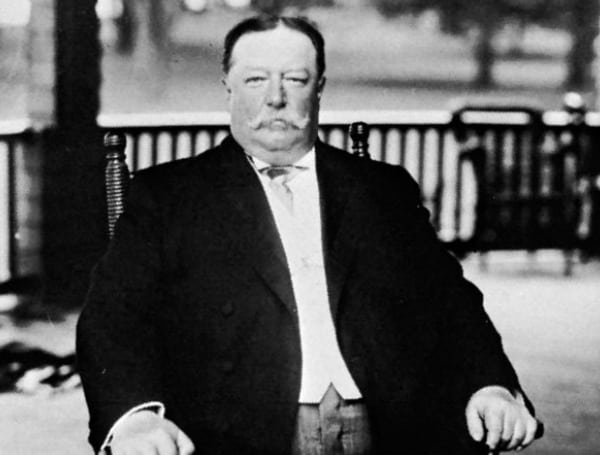by Thomas R. Cuba, Ph.D.
The national debt of the United States of America just exceeded 28 Trillion dollars – but this essay is not about the debt.
There is a growing movement to repeal the 16th Amendment, eliminate the personal income tax, and eliminate the Internal Revenue Service – but this essay is not about the IRS and it’s not about the income tax.
This essay is about the dynamics of self-service and how selfish men reinvented an entire nation for their own benefit.
The paradigm shift occurred with the adoption of the 16th Amendment; the association in time is relevant, but to fully understand the dynamics, we need to explore how the federal government was funded in 1912 – before the personal income tax.
In 1912, the federal government had been funded for 123 years by a combination of tariffs, excise taxes, and apportionments. I know, I know. This could get really boring – but, again, this essay is not about taxes. We just need some background.
Most people know what tariffs and excise taxes are, but not many are aware of the apportionment process. It worked like this. Every year, Congress would pass a budget, after which one of three possibilities existed: Treasury had enough money to cover it, not enough money, or exactly enough. Well, the last one never happened so there were really only two situations: enough and not enough.
Set that knowledge aside for a moment and examine how money is spent in Washington. According to the Constitution, The People’s House is the only place where bills that end up spending money can be initiated. Add to that knowledge the short, two-year term of the Representative.
BAM!
The previously subtle dynamics of the situation become crystal clear. Every two years the guy who went to Washington as the people’s representative would have to come back and explain the budget and his vote.
Okay, now go back and get those two possible situations with the treasury and the budget: enough and not enough. If the representative came back and reported that there was enough, he was lauded. But if he came back and said that there was not enough, he had to tell the people to put up the rest of the money: That’s apportionment. Each state, through each house district, had to raise the money to pay for the not enough part of the budget.
Voting to approve more spending was uncomfortable for the representative; it was supposed to be. The representative might be able to explain his way out of it, but the bottom line was … the bottom line.
In 1913, all that changed. The 16th Amendment passed, ushered in by Howard Taft (R), and the IRS was created. All of a sudden, the representative was absolved of his duty to report the not enough part of the budget, but most importantly, he didn’t have to ask the people for money. He didn’t have to be the one who was held responsible.
Instead, the representative was able to come home with what would soon be known as free money: federal money to build schools, roads, airports, and anything else he could wangle. The not enough part in his report to the people became the We can build something nice and not have to pay for it report. Of course that was a shell game, but only the most astute voter was able to figure out that the money coming back was just their own recycled income tax. The dynamic in Washington became a contest among the representatives to see which one could bring back the most money instead of trying to avoid the formerly unsettling not enough report.
By replacing the tax bill with free federal money, the paradigm had shifted from very personal accountability for the representative’s action to what amounted to a team sport of spending their people’s money. A sport played to the cheering of those brought to financial slaughter by their own players.
About The Author: Thomas R. Cuba, Ph.D.
Raised a simple Missouri farm boy, Tom managed to attend a British Prep School before commencing a college career that would culminate in a Doctorate Degree in Marine Ecology. He also served as an Intelligence Officer in the U.S. Navy, and as a scoutmaster, SCUBA instructor, Wilderness Survival Instructor, and Firearms Instructor.
Tom has worked as an ecologist in both government and private practice, as well as a freelance nature photographer and computer programmer.
Now, a father and grandfather, Tom offers life lessons in the form of stories about the challenges people face and conquer as well as socio-political essays. To that end, his first lesson is always his favorite quote. “Failure is the whetstone of success.” ~ T. Leith Rettie, 1884.
You can read more from Tom on his site by clicking here.
Android Users, Click Here To Download The Free Press App And Never Miss A Story. It’s Free And Coming To Apple Users Soon.


